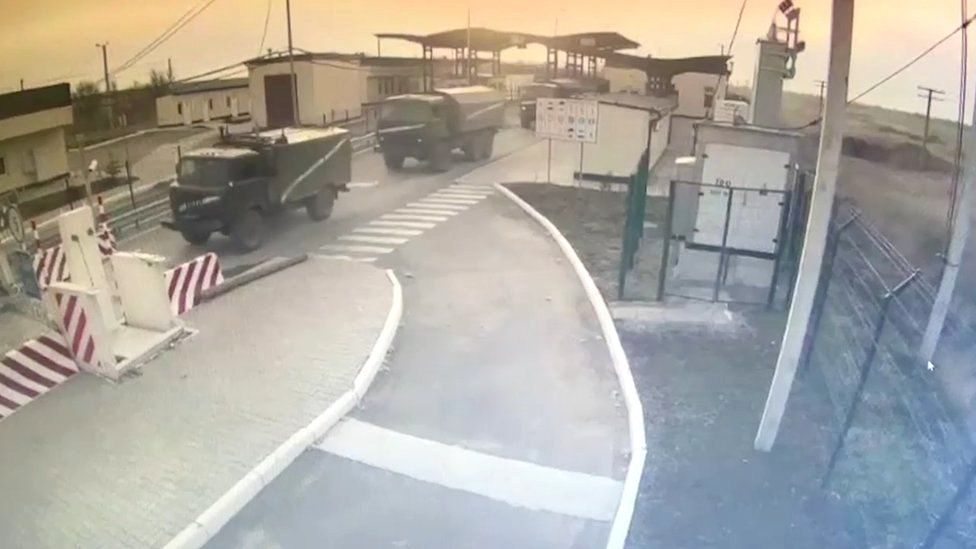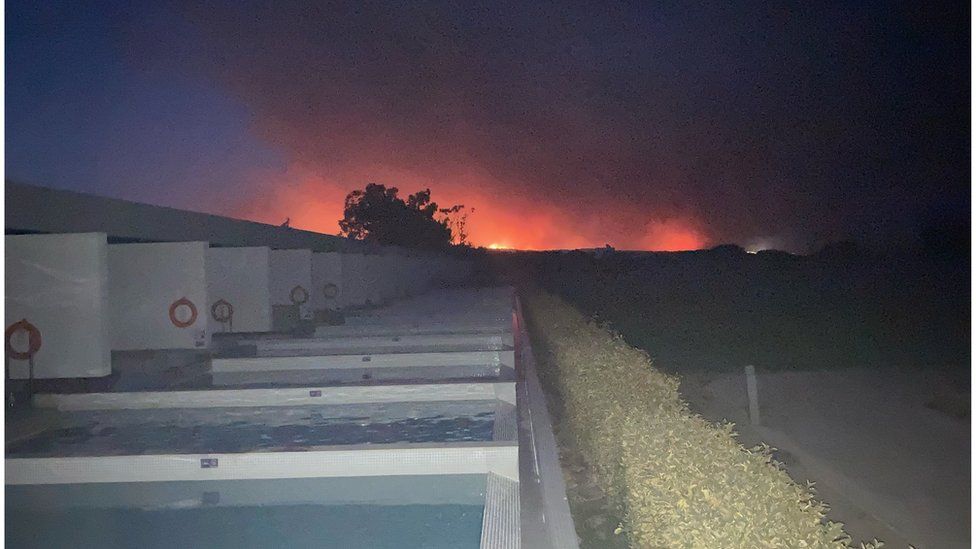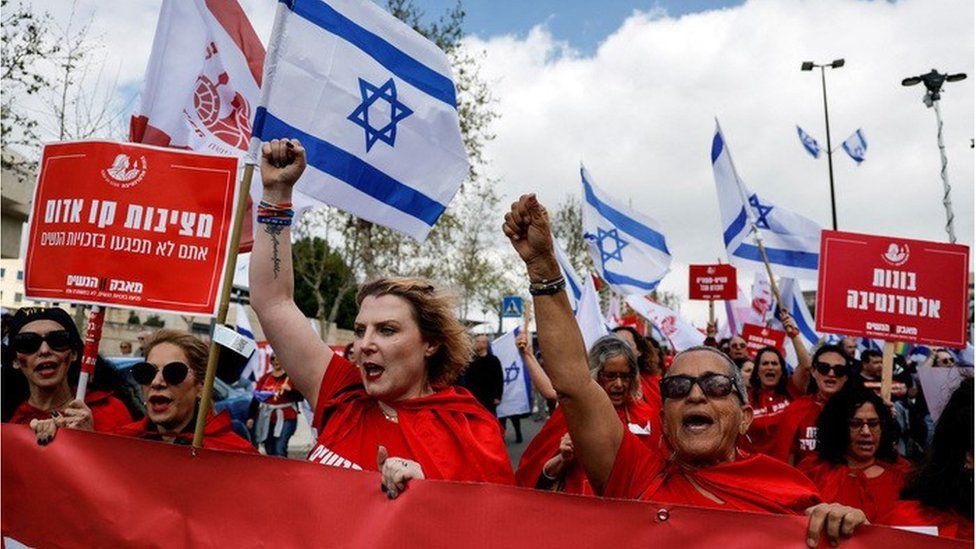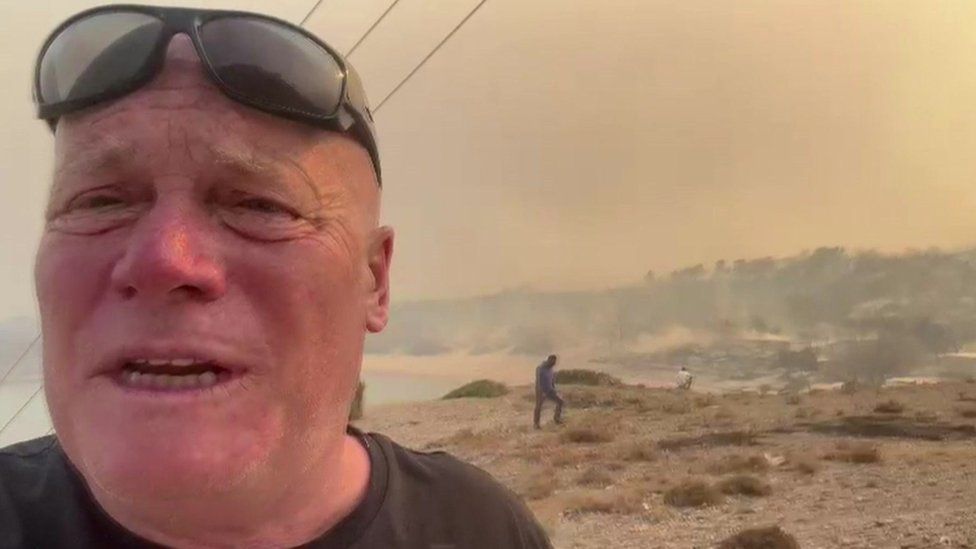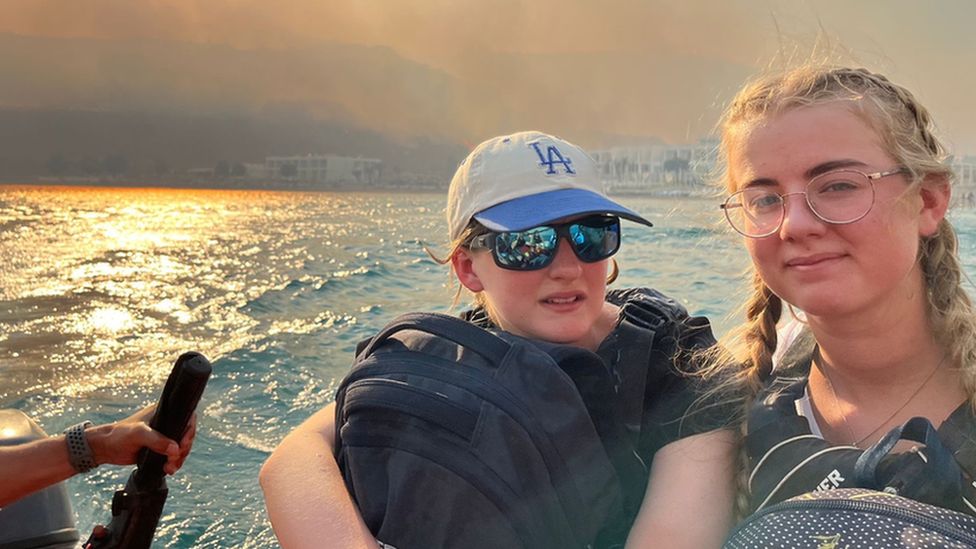One of the biggest victories for Russia during their initial incursion into Ukraine a year ago was in the south of the country. Within a few days, Russian forces attacking from the Crimea had taken control of a region of Ukrainian soil larger than Switzerland.
The reasons why things went wrong in the south in those early days remain unanswered by Ukrainian authorities. The BBC has spoken with military officers, politicians, and activists in an effort to learn more about what took place.
The secret documents were delivered in a red folder to Aleksey Danilov, the secretary of the Ukrainian security council, at 19:15 on February 22, 2022. They announced that the president's life was in grave danger. The head of the security services, the interior minister, the prime minister, and President Volodymyr Zelensky were all contacted right away by Mr. Danilov.
The Ukrainian government did not, however, declare martial law at this time. No troops were gathered in readiness. The Western warnings of a Russian invasion had been dubbed "manipulation" by Ukrainian authorities just a few weeks prior. They had also urged everyone to maintain calm.
According to Mr. Danilov, the government was fully aware of the invasion's schedule and other pertinent details. He pulls out a covert map of the Kyiv region and says, "We anticipated it on February 22.". He claims that the information, which was obtained from a Russian commander, supports intelligence reports that Russia had originally intended to invade two days earlier than they actually did.
"Preventing domestic panic was our main objective. So it was essential to keep everything a secret. ".
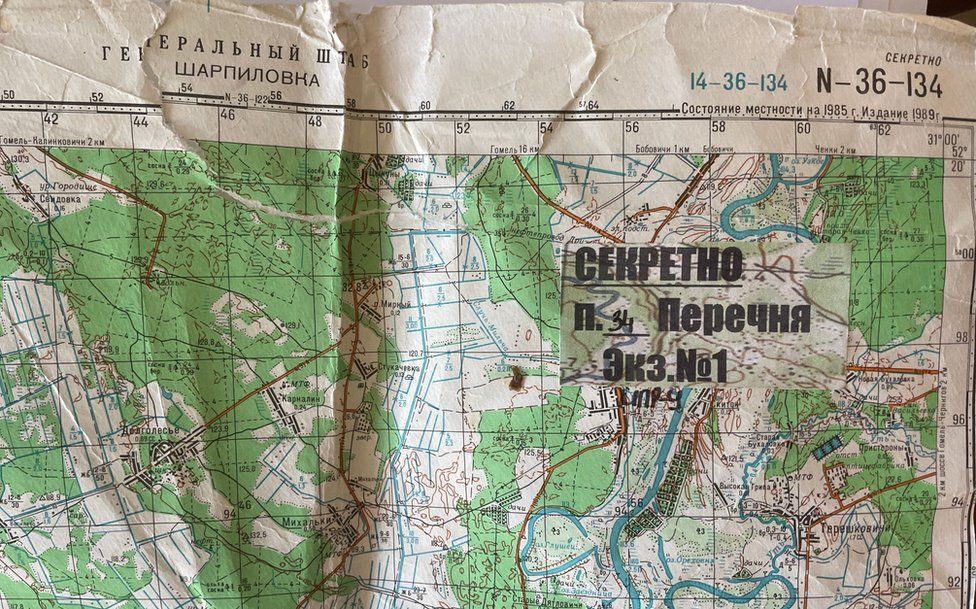
Why were Russian forces able to quickly encircle the Kherson region in the south if the Ukrainian authorities had such extensive knowledge of Moscow's plans?
The Crimean peninsula is separated from the Ukrainian mainland by a strait, which served as a natural barrier for Russian forces. Likewise, the vast system of irrigation channels in the Kherson region.
All that Ukrainian forces needed to do to halt the Russian advance was to destroy all of the bridges. But it didn't go like that.
But we are not hiding this fact, we are not putting it away in a drawer," says Mr. Danilov, adding that the authorities are not able to respond until the investigation is complete. ".
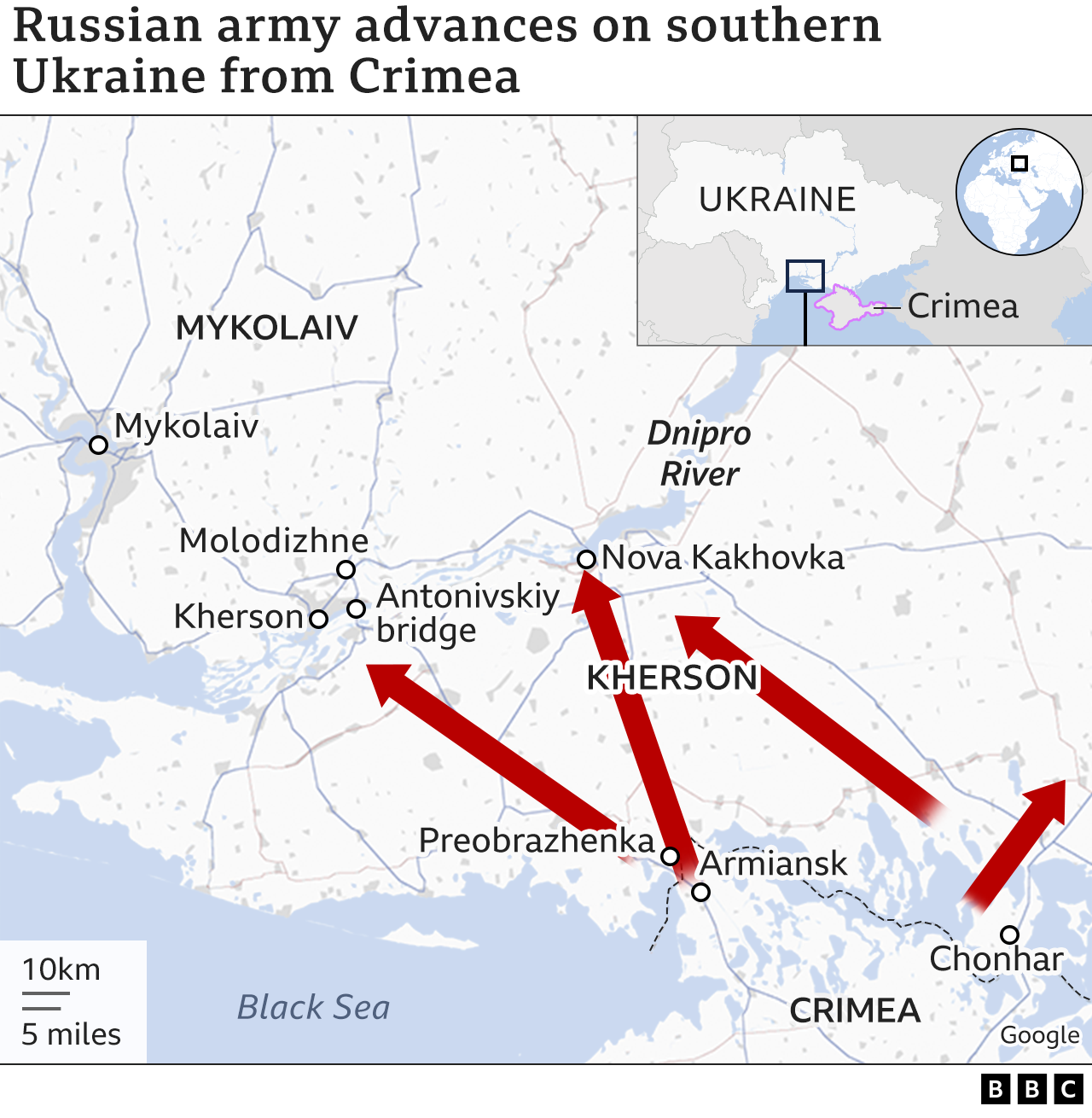
Ukraine's general staff confirmed following the invasion that the Chonhar bridge, which spans the strait between Crimea and Kherson, had been mined. It denied, however, that the explosives had been neutralized, claiming that Russia's invasion force was 15 times larger than Ukraine's defense.
The bridge, according to critics, should have been destroyed precisely due to that Russian dominance.
It is evident that Ukrainian forces were not ready for a scenario in which Russian forces could have entered the southern Kherson region with ease.
As a result, they were forced to leave the area as soon as they arrived. Senior Lt Evgeniy Palchenko, who guarded the bridge over the Dnipro River, claimed that it took columns of military vehicles and troops close to Kherson city two hours to cross the Antonivskiy bridge as they withdrew.
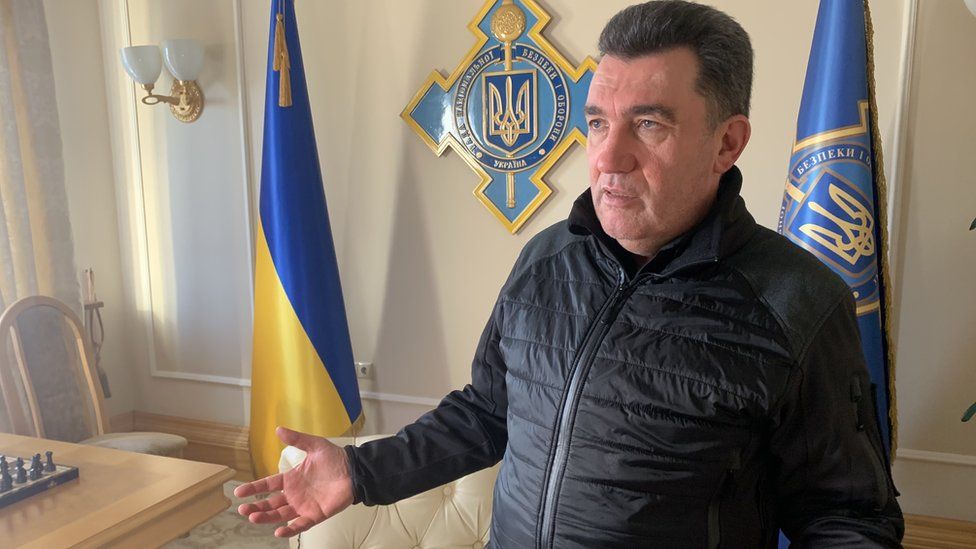
That suggests Ukraine had gathered a lot of troops close to Crimea. But because the bridges were still there, they were soon outnumbered and outgunned.
Because we lacked an air defense, Lt. Palchenko asks, "How can you stop their offensive?". Their fighter jets arrived and dropped a ton of bombs, which blew up everything. There, a lot of our personnel and tools were lost. ".
For Russia to succeed, speed was essential. Their strategy was to avoid major cities, encircle them, and then continue. According to Maj Gen Dmytriy Marchenko, who was tasked with organizing Mykolaiv's defense, they intended to take Mykolaiv in two days and Odesa in three days. However, the Russian strategy was unsuccessful.
Gen. Marchenko discovered that there was still no strategy in place to protect the city. When he asked where it was, he was informed that a map hadn't yet been created. .
He took a road map, divided it into four sections, and assigned units and commanders to each. After making the mobilization announcement, they quickly enrolled thousands of people. There were many newcomers who had previously served in the military. .
They organized signal posts and established grenade launcher-equipped anti-tank groups to warn when Russian tanks were nearby. In contrast to Kherson, bridges across irrigation channels in the region were destroyed by hastily set up special forces led by MP Roman Kostenko.
Close to the Antonivskiy bridge, Ukrainian troops engaged in a fierce battle to halt Russian progress. Russian forces launched an offensive at midnight on February 25. They were being stopped by Lt. Palchenko and his tank battalion.
"My tank received some damage, and the system was down. As a result, we had to perform all tasks manually, just like in T-34 tanks during World War Two. " .
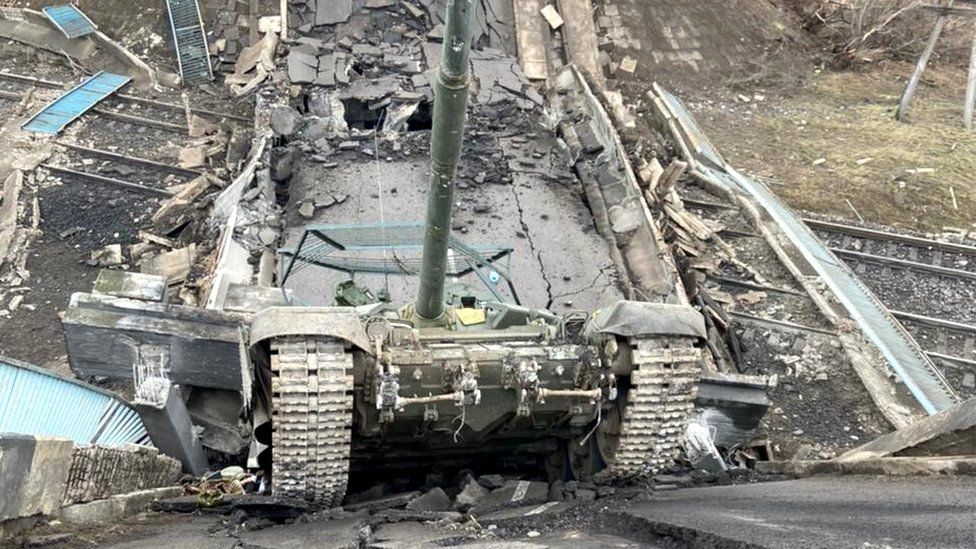
Lt. Palchenko and his battalion were forced to leave the bridge due to the overwhelming Russian forces. However, he returned there several times that evening. His tanks protected Ukrainian paratroopers, whose job it was to stop Russian forces from using the bridge.
The nation's highest military honor, Hero of Ukraine, was later given to the 23-year-old.
Their resistance gave Mykolaiv a few more days to prepare its defences. Co-ordination and communication between military and civilian teams meant that the time was used well.
"[Mykolaiv Governor] Vitaliy Kim was amazing at communicating with people to organise help," Maj Gen Marchenko remembers. "We needed excavators, so they went right away and dug [dits and trenches]."
Local citizens constantly monitored the movement of Russian troops and passed co-ordinates to Ukrainian gunners. Ordinary people destroyed armoured vehicles and took prisoners, says Maj Gen Marchenko.
"We stopped Russia's forces because the people rose up," he adds.
Additional reporting by Anna Tsyba.
. We needed concrete blocks and anti-tank 'hedgehogs' - in half a day, it was all done. "

